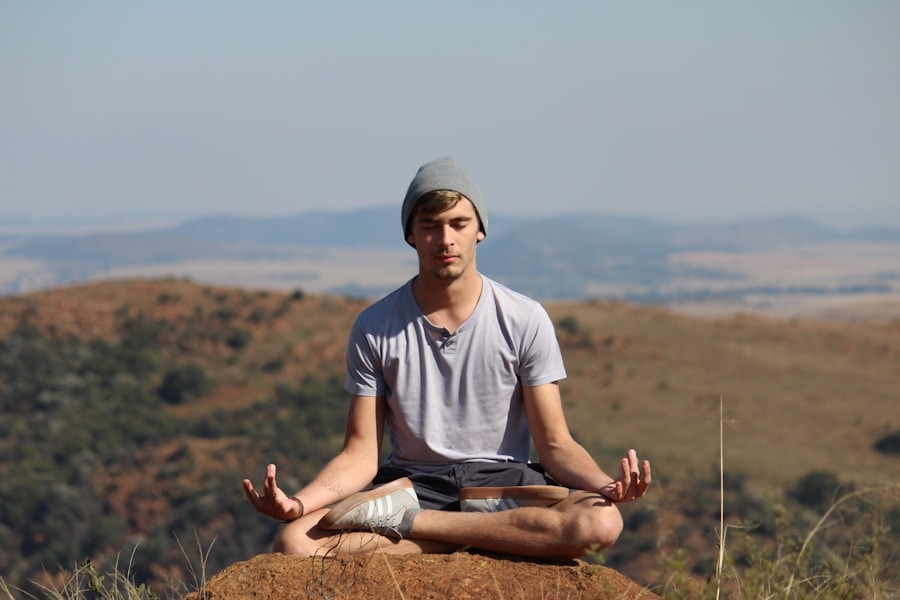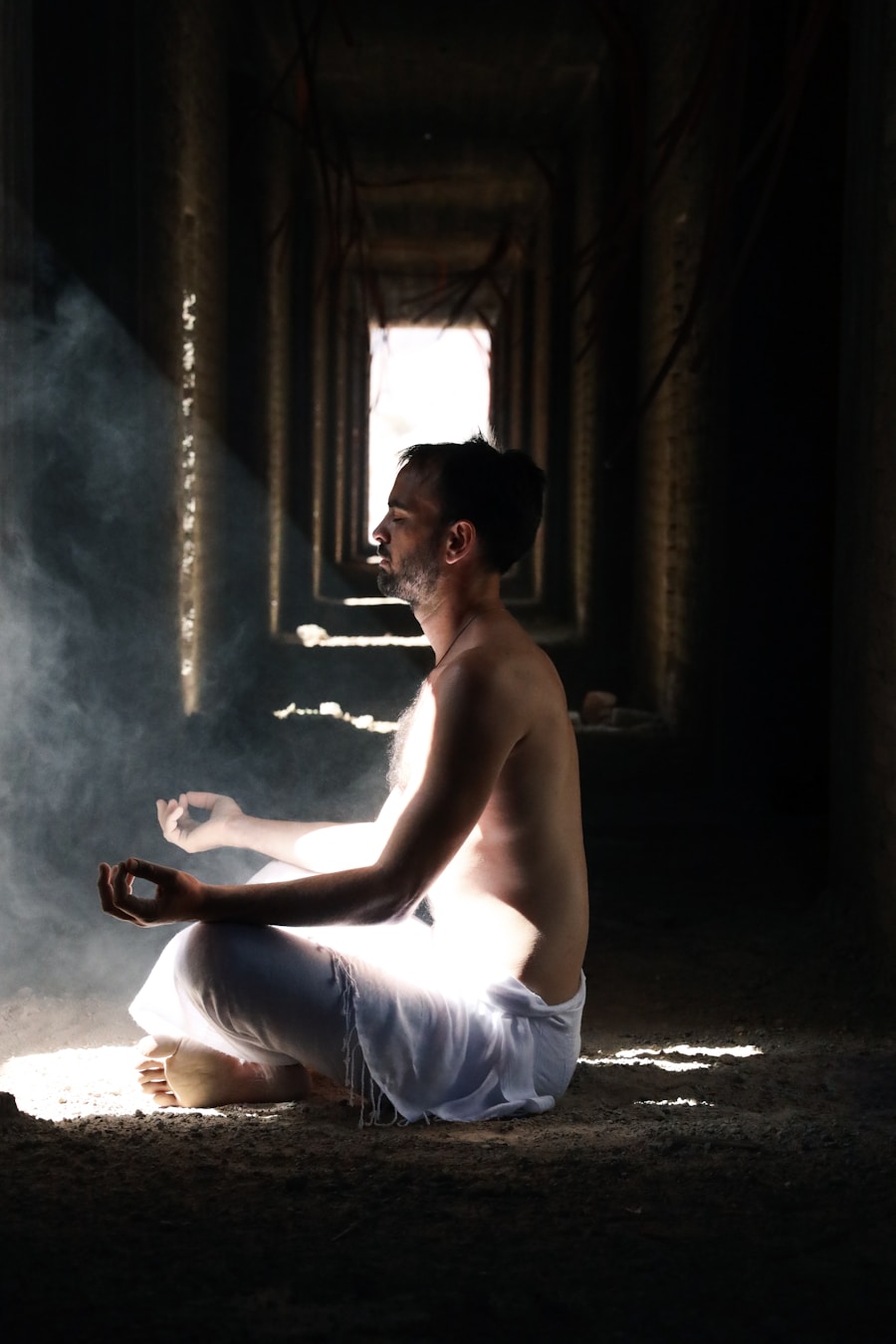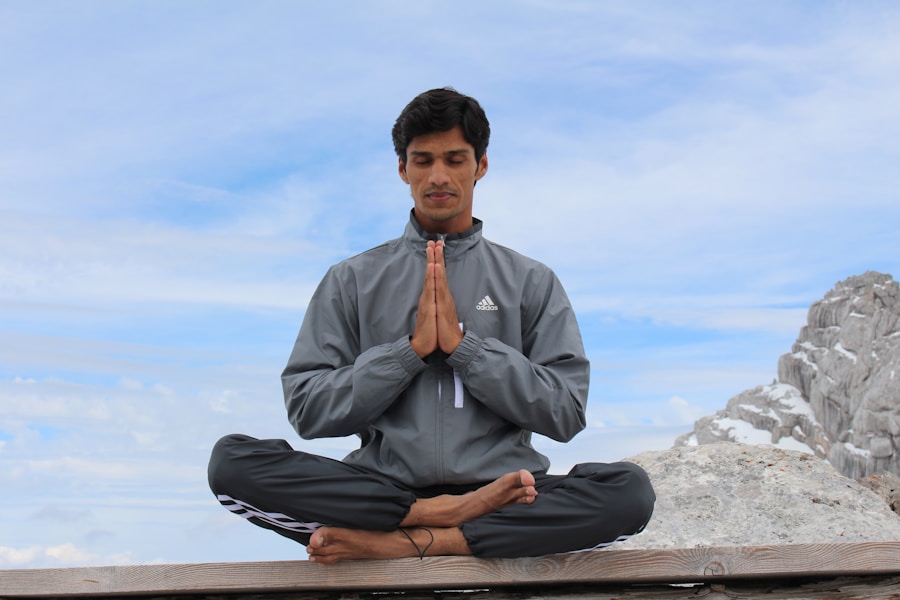Meditation is an ancient practice that has transcended cultures and epochs, evolving into a multifaceted discipline embraced by millions worldwide. At its core, meditation is a technique designed to cultivate a heightened state of awareness and focused attention. It serves as a bridge between the mind and body, allowing individuals to explore their inner landscapes while fostering a sense of peace and tranquility.
The origins of meditation can be traced back thousands of years, with roots in various spiritual traditions, including Buddhism, Hinduism, and Taoism. Each tradition offers unique perspectives and methodologies, yet they all converge on the fundamental goal of achieving mental clarity and emotional stability. The practice of meditation can take many forms, ranging from mindfulness and concentration techniques to more elaborate rituals involving chanting or guided imagery.
Regardless of the specific approach, the underlying principles remain consistent: the cultivation of present-moment awareness and the development of a non-judgmental attitude toward one’s thoughts and feelings. This non-judgmental stance is crucial, as it allows practitioners to observe their mental processes without becoming entangled in them. As individuals engage in meditation, they often discover that their thoughts are transient, much like clouds drifting across the sky.
This realization can lead to a profound shift in how one relates to their internal experiences, fostering resilience and emotional regulation.
Key Takeaways
- Meditation is a practice that involves focusing the mind and eliminating distractions to achieve a state of mental clarity and emotional calmness.
- Breathing techniques such as deep breathing and diaphragmatic breathing can help to reduce stress, improve focus, and promote relaxation.
- Body scan meditation involves systematically focusing on different parts of the body to promote relaxation and increase awareness of physical sensations.
- Visualization meditation uses mental imagery to promote relaxation, reduce stress, and enhance mental clarity and focus.
- Movement meditation, such as yoga or tai chi, combines physical movement with mindfulness to promote physical and mental well-being.
- Incorporating meditation into daily life can lead to lasting benefits such as reduced stress, improved focus, and a greater sense of overall well-being.
Breathing Techniques for Mind and Body Harmony
Breathing is an intrinsic part of life, yet it is often taken for granted. In the context of meditation, however, breath becomes a powerful tool for achieving harmony between the mind and body. Various breathing techniques can be employed to enhance meditation practice, each offering unique benefits.
One of the most fundamental techniques is diaphragmatic breathing, which involves inhaling deeply through the nose, allowing the diaphragm to expand fully, and then exhaling slowly through the mouth. This method not only calms the nervous system but also increases oxygen flow to the brain, promoting mental clarity and reducing stress. Another effective technique is the 4-7-8 breathing method, popularized by Dr.
Andrew Weil. This technique involves inhaling for a count of four, holding the breath for seven counts, and exhaling for eight counts. The rhythmic nature of this practice helps to regulate the heart rate and induce a state of relaxation.
By focusing on the breath in this structured manner, practitioners can anchor their attention in the present moment, minimizing distractions from external stimuli or internal chatter.
Body Scan Meditation for Relaxation and Awareness

Body scan meditation is a powerful technique that encourages practitioners to cultivate awareness of physical sensations throughout the body. This practice typically begins by finding a comfortable position—either lying down or sitting—and then systematically directing attention to different parts of the body. Starting from the toes and moving upward to the crown of the head, individuals are invited to notice any sensations, tension, or discomfort without judgment.
This process fosters a deep sense of relaxation as practitioners learn to release pent-up tension and become more attuned to their physical presence. The body scan not only promotes relaxation but also enhances mindfulness by encouraging individuals to connect with their bodies on a deeper level. Many people lead busy lives filled with distractions, often neglecting their physical well-being in favor of mental pursuits.
By engaging in body scan meditation, individuals can develop a greater appreciation for their bodies and recognize how emotions manifest physically. For instance, stress may be felt as tightness in the shoulders or a racing heart. By identifying these sensations, practitioners can begin to address underlying emotional issues and cultivate a more harmonious relationship with their bodies.
Visualization Meditation for Mental Clarity and Focus
Visualization meditation is a technique that harnesses the power of imagination to create vivid mental images that promote relaxation and focus. This practice often involves envisioning serene landscapes or positive outcomes related to personal goals. For example, one might visualize themselves standing on a tranquil beach, feeling the warmth of the sun on their skin and hearing the gentle lapping of waves against the shore.
Such imagery can evoke feelings of peace and contentment, making it an effective tool for reducing anxiety and enhancing overall well-being. In addition to fostering relaxation, visualization can also be employed as a means of enhancing performance in various areas of life. Athletes frequently use visualization techniques to mentally rehearse their performances before competitions.
By vividly imagining themselves executing perfect routines or achieving their desired outcomes, they can boost confidence and improve focus. Similarly, individuals preparing for important presentations or interviews can benefit from visualizing success in these scenarios. The brain often cannot distinguish between real experiences and vividly imagined ones; thus, visualization can serve as a rehearsal that primes individuals for success in real-life situations.
Movement Meditation for Physical and Mental Well-being
Movement meditation encompasses a variety of practices that integrate physical movement with mindfulness. This approach recognizes that movement can be a form of meditation in itself, allowing individuals to connect with their bodies while cultivating present-moment awareness. One popular form of movement meditation is Tai Chi, an ancient Chinese martial art characterized by slow, flowing movements that promote balance and relaxation.
Practitioners often describe Tai Chi as “meditation in motion,” as it encourages a deep sense of calm while simultaneously enhancing physical fitness. Another form of movement meditation is walking meditation, which involves walking slowly and deliberately while paying close attention to each step. This practice invites individuals to experience the sensations of walking—the feeling of their feet touching the ground, the rhythm of their breath, and the sights and sounds around them.
By engaging in mindful movement, individuals can cultivate awareness while also enjoying the benefits of physical activity, making it an excellent option for those seeking holistic well-being.
Incorporating Meditation into Daily Life for Lasting Benefits

Integrating meditation into daily life can yield profound benefits that extend beyond formal practice sessions. One effective strategy is to establish a consistent routine by setting aside dedicated time each day for meditation—whether it’s early in the morning or before bedtime. However, meditation doesn’t have to be confined to these designated periods; it can also be woven into everyday activities.
For instance, individuals can practice mindfulness while washing dishes or commuting by focusing on their breath or observing their surroundings without judgment. Moreover, technology has made it easier than ever to incorporate meditation into daily life through various apps and online resources that offer guided meditations tailored to different needs and preferences. These tools provide accessibility and flexibility, allowing individuals to engage in meditation whenever they have a few spare moments throughout the day.
Whether it’s a quick five-minute breathing exercise during a work break or a longer guided session before sleep, these practices can help cultivate a sense of calm amidst life’s chaos. As individuals begin to experience the benefits of regular meditation—such as reduced stress levels, improved focus, and enhanced emotional resilience—they may find themselves more inclined to prioritize this practice in their lives. Over time, meditation can become not just an activity but a way of being—an ongoing commitment to self-awareness and personal growth that enriches every aspect of life.
By embracing meditation as an integral part of daily routines, individuals can unlock its transformative potential and foster lasting well-being in both mind and body.
If you are looking to enhance your mental clarity and focus through meditation, you may also be interested in learning how to play the keyboard. Check out this ultimate guide to online keyboard classes to start your musical journey. Additionally, incorporating houseplants into your home can also contribute to a sense of peace and well-being. Explore the top 10 houseplants for your home for some easy-care greenery options. Understanding truth functions and logical relations can also help you cultivate a more balanced and harmonious mind. Dive into an introduction to truth functions to expand your knowledge in this area.
FAQs
What is meditation?
Meditation is a practice that involves focusing the mind and eliminating the stream of jumbled thoughts that may be crowding your mind and causing stress. It is a technique that helps to achieve a mentally clear and emotionally calm and stable state.
What are the benefits of meditation for the mind and body?
Meditation has been shown to reduce stress, improve concentration, increase self-awareness, promote emotional health, enhance self-esteem, and reduce symptoms of anxiety and depression. It can also help to improve physical health by reducing blood pressure, improving sleep, and boosting the immune system.
What are some popular meditation methods for mind and body harmony?
Some popular meditation methods for mind and body harmony include mindfulness meditation, loving-kindness meditation, body scan meditation, transcendental meditation, and yoga meditation. Each method has its own unique approach and benefits.
How can I start practicing meditation?
To start practicing meditation, find a quiet and comfortable place to sit or lie down. Close your eyes and focus on your breath or a specific mantra. Allow your thoughts to come and go without judgment. Start with just a few minutes a day and gradually increase the duration as you become more comfortable with the practice.
Are there any potential risks or side effects of meditation?
While meditation is generally considered safe for most people, some individuals may experience negative side effects such as increased anxiety, confusion, or disorientation. It is important to consult with a healthcare professional before starting a meditation practice, especially if you have a history of mental health issues.






















+ There are no comments
Add yours